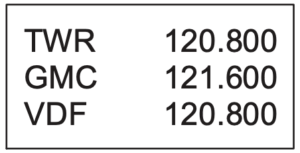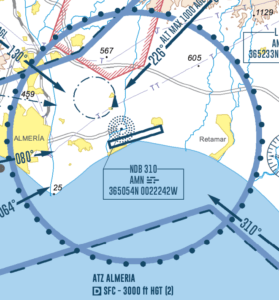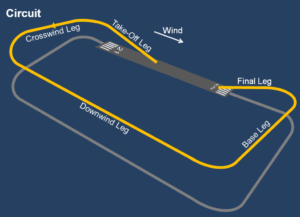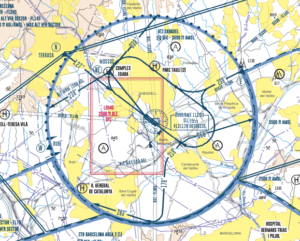BLOG POSTS
ATZs: Navigating Aerodrome Traffic Zones with Your Drone
In this article, we will discuss the air traffic volume closest to aerodromes: the ATZ or “Aerodrome Traffic Zone.”
What is an ATZ for drone use?
The purpose of the ATZ is to protect aerodrome traffic, i.e., traffic in the maneuvering area and traffic in the vicinity of an aerodrome.
ATZ Dimensions
Typically, it has a cylindrical shape that extends from the surface to a few thousand feet above the ground, with a radius of a few miles.
Type of Airspace for UAS Flight
Controlled
There is a Control Tower at the aerodrome, and aircraft must comply with the instructions of the air traffic controller.
Uncontrolled
In this case, services such as Aerodrome Flight Information Service (AFIS) are provided within what would be called the FIZ or “Flight Information Zone.”
Information about ATZ for drone flight
The first thing to look for is the text box where you will see the classification of airspace along with the vertical limits of the ATZ.
In the example in the image, we have:

- Airspace Classification: type D
- Lower Vertical Limit: surface
- Upper Vertical Limit: 3500 feet above ground
On the VAC charts, at the top, you will find a box with the frequencies used in the airspace. In the example of the image below, the approach frequency (TWR) is 120.800 MHz.

Finally, we are interested in knowing the dimensions of the ATZ. This information can be found on the VAC image, as shown below:

But if we want to know the exact points of the airspace volume’s geometry, we should consult the “Aerodrome Data” document, where we will find each of the coordinates.
Flying a Drone Inside the Aerodrome Traffic Circuit
The main function of the circuit is to organize traffic at an aerodrome and establish procedures for the takeoff and landing of aircraft. The circuit is composed of five segments and four turns, as visualized in the image below. The way to differentiate which circuit procedure should be followed is through the designation of the runway in use and the direction of the turns to be made (right or left).
For example, in the image, you can see a left circuit for runway 03.

Understanding the circuit segments and how they work is crucial for situational awareness when flying a drone. For instance, if we are flying within the ATZ and hear an aircraft reporting at 500 feet in the left Base leg of runway 03 (see the above image), we will know that we need to exercise extra caution if we are in that area.
Notification Points
The image below shows the mandatory notification points N, E, and W (all marked with a blue circle) for an ATZ and the defined flight circuit:
